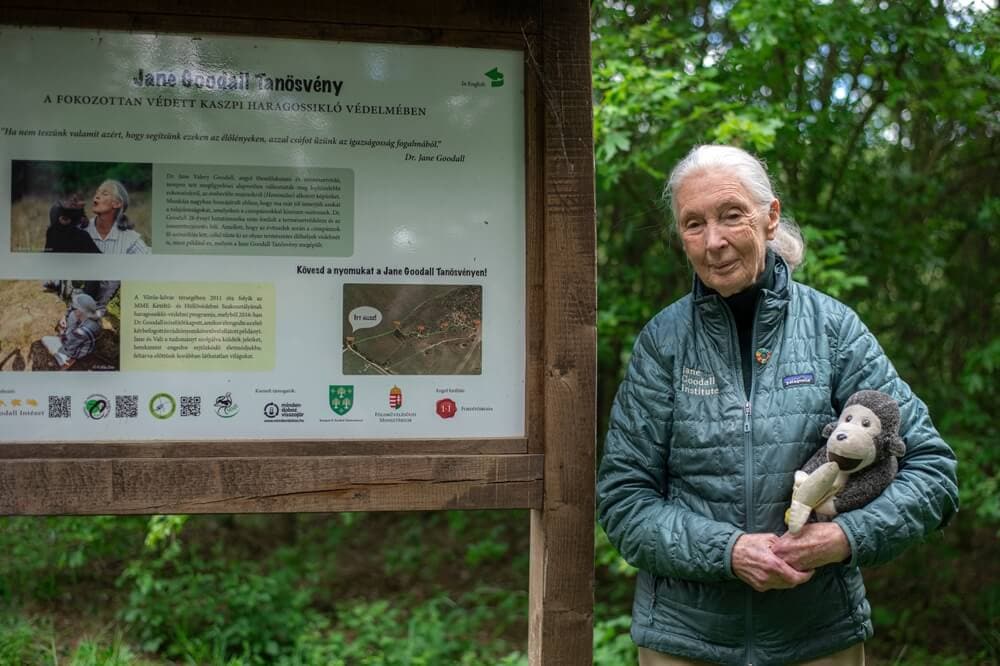Jane Goodall is one of the most well-known primatologists in the world. Her research and work with animals, especially chimpanzees, is something that no one has even come close to meeting. Not only is Goodall known for her love of animals but also her heart of gold.
Even though people don’t hear as much as Goodall today, she is still going strong at 85 years old. Like most people her age, she needed to take a few steps back from her career, but this doesn’t mean her work is done. In fact, Goodall still works closely with animals and animal organizations in many ways.

Jane Goodall’s Story Started In 1934
Born on April 3, 1934, Valerie Jane Morris-Goodall to a businessman and novelist. From her earliest days, Goodall showed compassion for humans and animals from a young age. One of Jane’s most precious gifts came from her father. Instead of giving his daughter a stuffed teddy bear, he gave her a stuffed chimpanzee, which set the foundation for her career.
Jane named the chimpanzee Jubilee. While her mother’s friends believed Jubilee would scare Jane and cause nightmares, Jane loved the chimpanzee. In fact, she still has Jubilee to this day as it sits on display in her London home.
